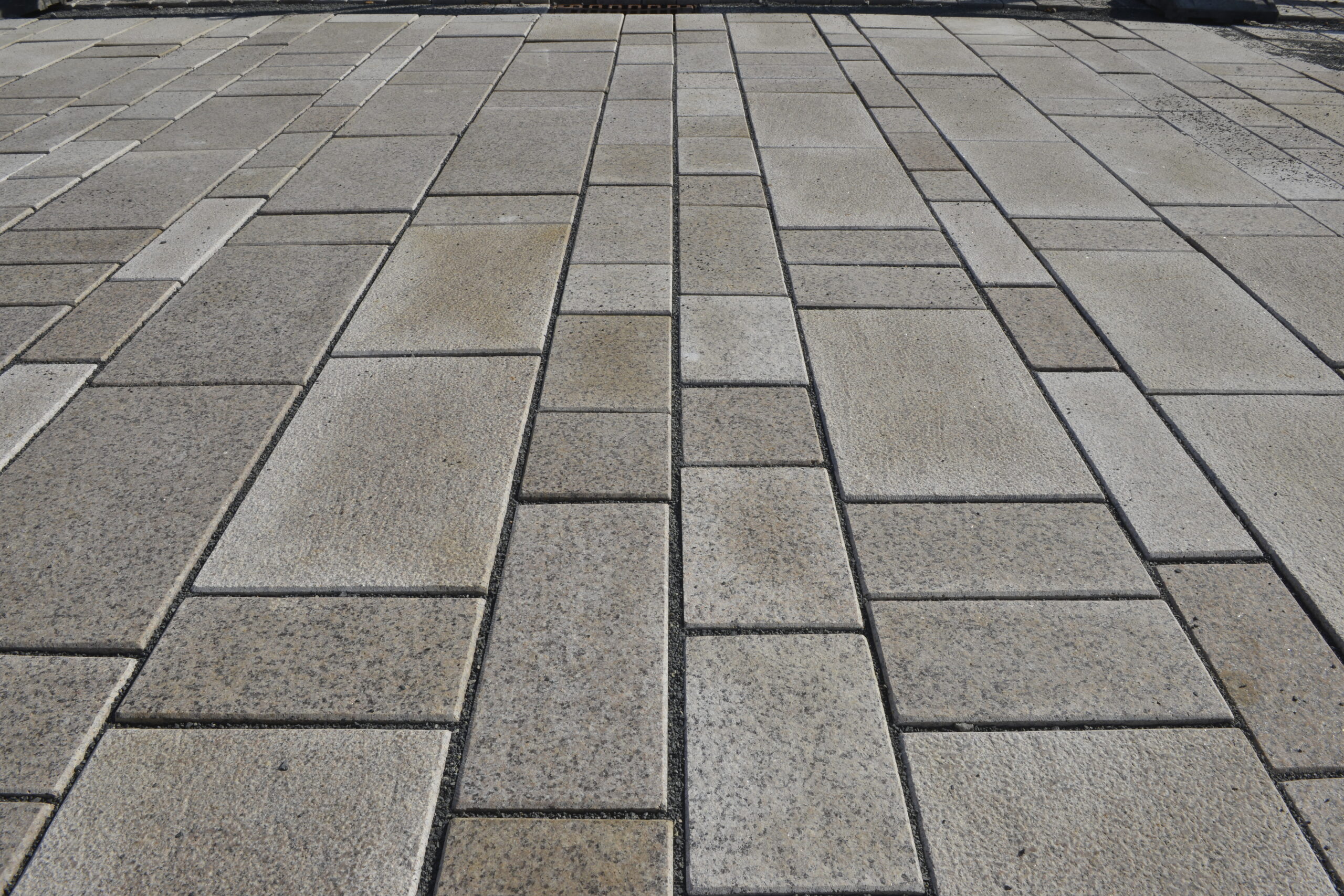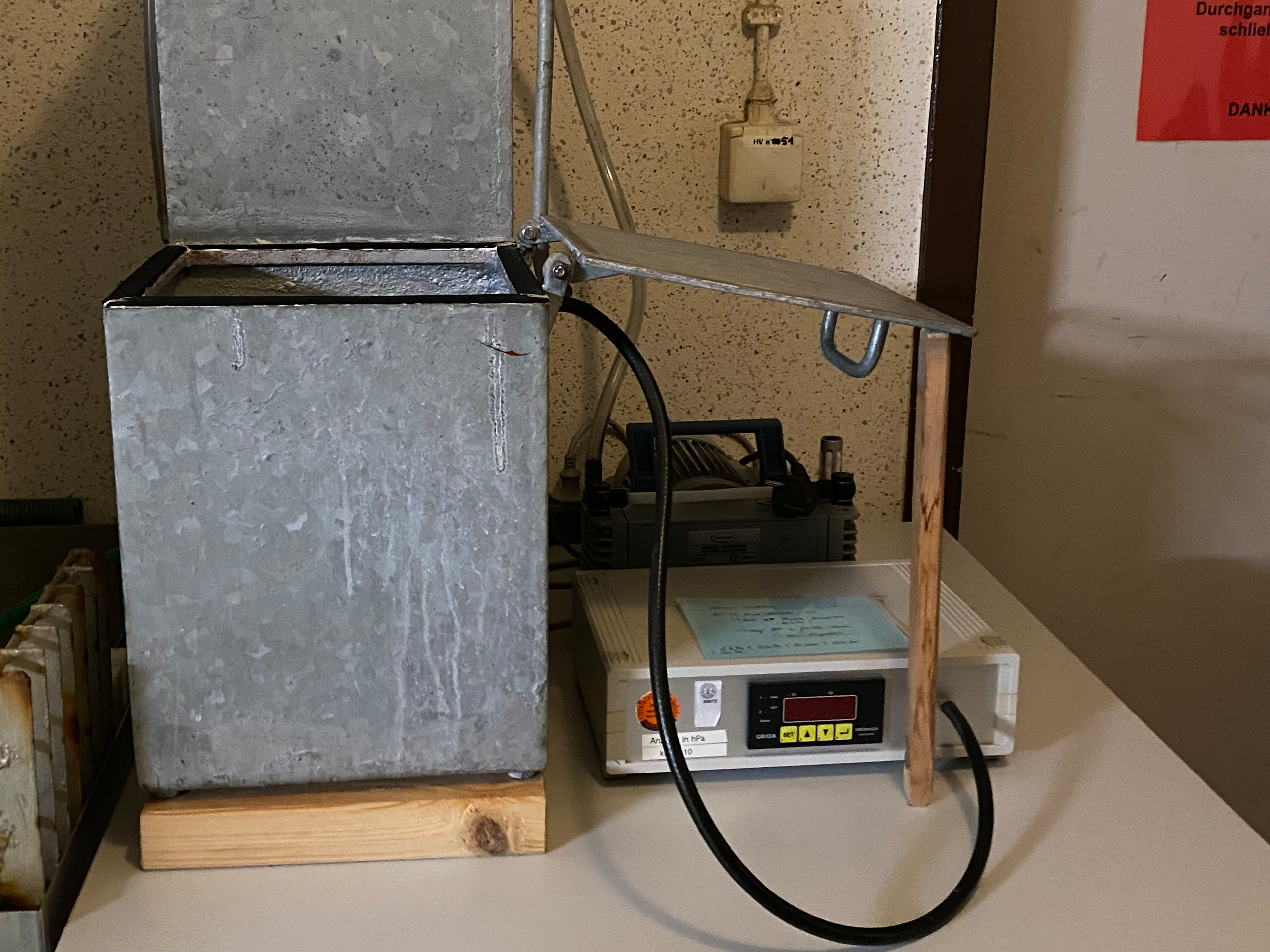
Determination of bulk density according to DIN EN 1936:2007-02
reading time - 5 minINFO series natural stone tests

Determining the bulk density
Bulk density is an integral part of the standard-compliant testing of natural stone and other building materials. The bulk density allows users to draw many important conclusions about the mass of the building materials for measuring and transportation, for example, or about thermal and acoustic properties.
The definition of pure density, bulk density, open porosity and total porosity
It is important that all parties use the same definition, which for natural stone is anchored in the test standard DIN EN 1936:2007-02 “Test method for natural stone – Determination of pure density, apparent density, open porosity and total porosity; German version EN 1936:2006”:
The bulk density is the ratio between the mass of the dry test specimen and its bulk volume, given in kg/m³.
The apparent volume of the specimen is the volume bounded by the outer surface, including all voids. In contrast, the same standard also defines pure density, but the mass is related to the volume of the solid components of the sample. For this test, the sample is crushed so that there are practically no cavities left. The pure densities are therefore always higher than the bulk densities, as can also be seen in the figure below.

The test specimens to be used
Cubes or cylinders with a minimum volume of 60 ml and a surface to total volume ratio of 0.08 mm-1 to 0.20 mm-1 are used as test specimens for determining the bulk density.
As the bulk density always refers to dry test specimens, the specimens must first be dried at (70+5) °C until they are constant in mass. The test specimens are then placed in a vacuum chamber to extract the air from the open pores using a defined negative pressure. After approx. 2 hours, distilled water is introduced into the chamber while maintaining the negative pressure and as soon as all specimens are covered with water, atmospheric pressure is restored. The samples remain in the water for approximately 24 hours.
The Archimedean principle
The Archimedean principle is used to determine the volume by weighing the test specimens after the described water soaking under water and saturated in air. The bulk density, which is specified with an accuracy of 10 kg/m³, is calculated from the resulting gross volume and the previously determined dry mass.
Exceptions to this test are natural stones with large, visible cavities (e.g. travertine). Here, the volume may be determined by determining the dimensions of the test specimens.
Further information
If you have any further questions or would like individual support for your project, please feel free to contact us at any time via our contact form or send us a message to mail@besco-gmbh.de. We will get back to you shortly.
Further exciting content awaits you in upcoming articles in the INFO series on natural stone testing.
Take a look at past parts of the natural stone tests and find out more about tests for water absorption, flexural strength and compressive strength. Further exciting content awaits you in upcoming articles in the INFO series Natural stone tests.
We would be happy to inform you about the latest
topics and innovations relating to natural stone.
ARTICLES ABOUT THIS TOPIC

reading time – 8 min
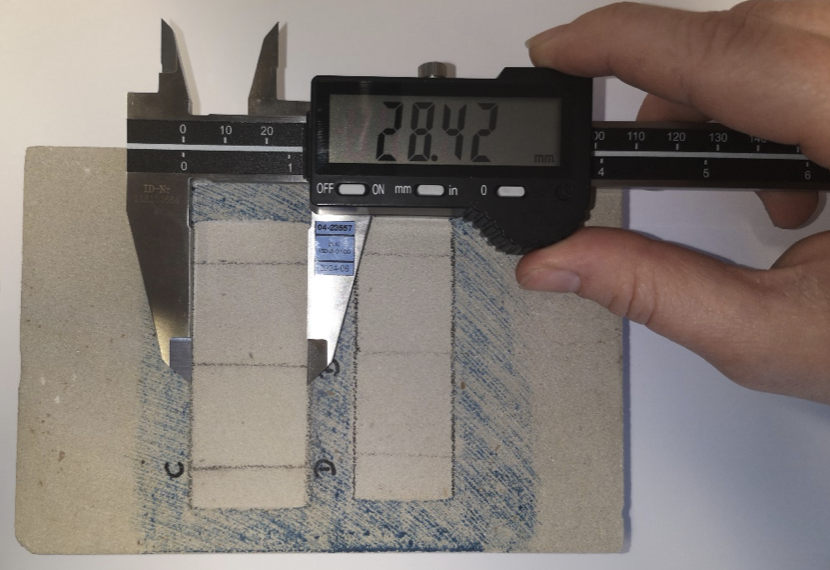
reading time – 5 min

reading time – 5 min

reading time – 4 min

reading time – 3 min
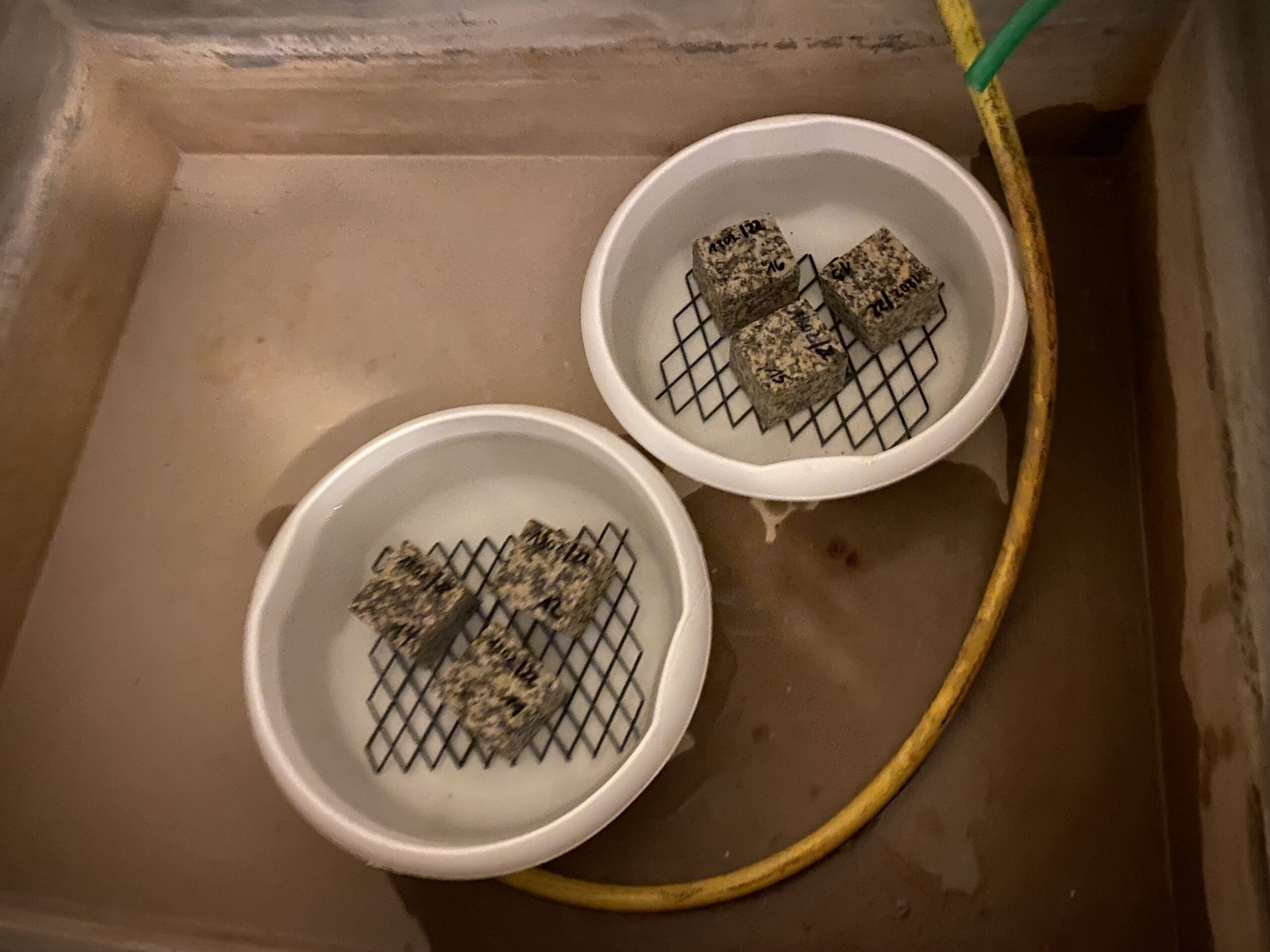
reading time – 5 min
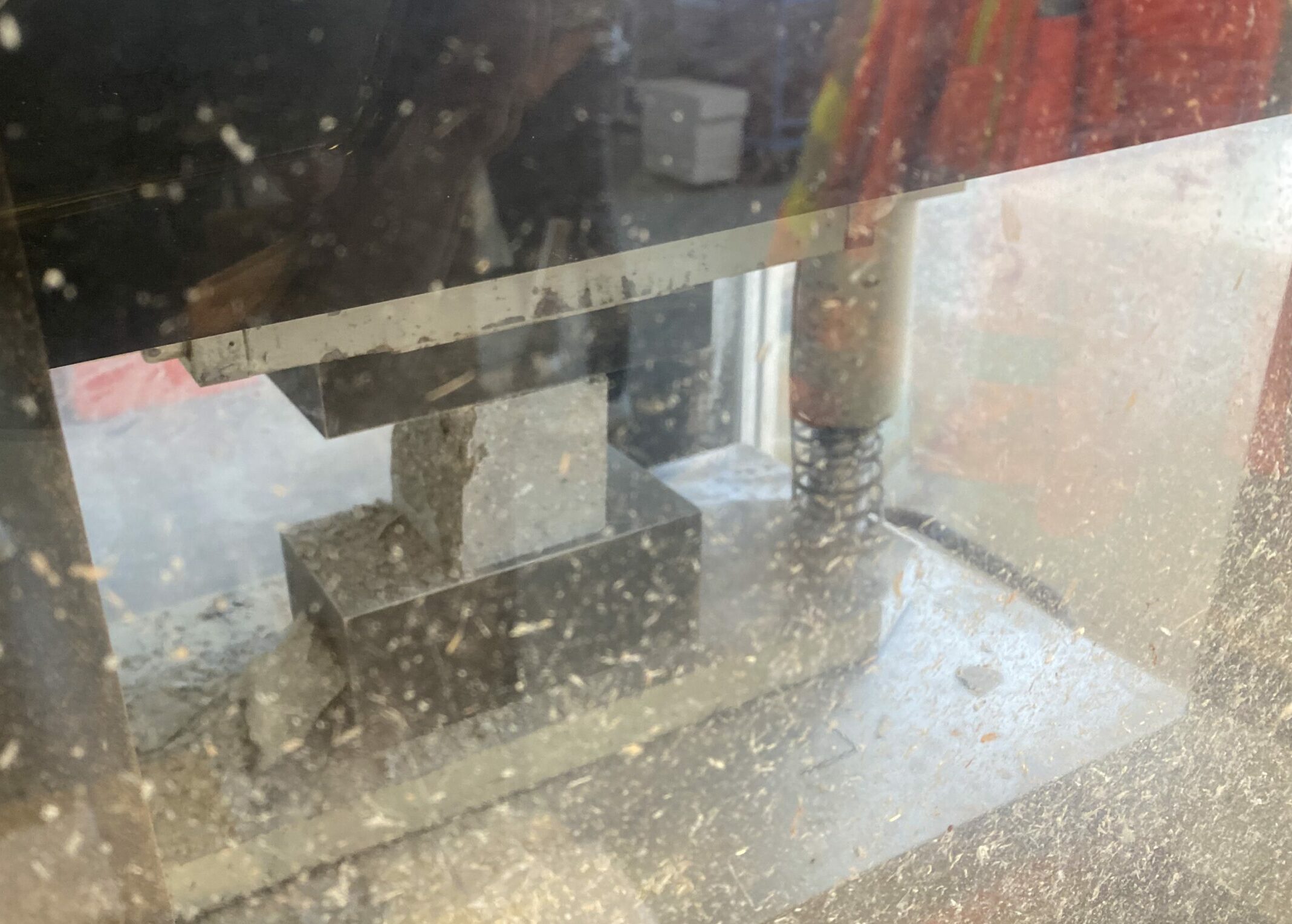
reading time – 4 min
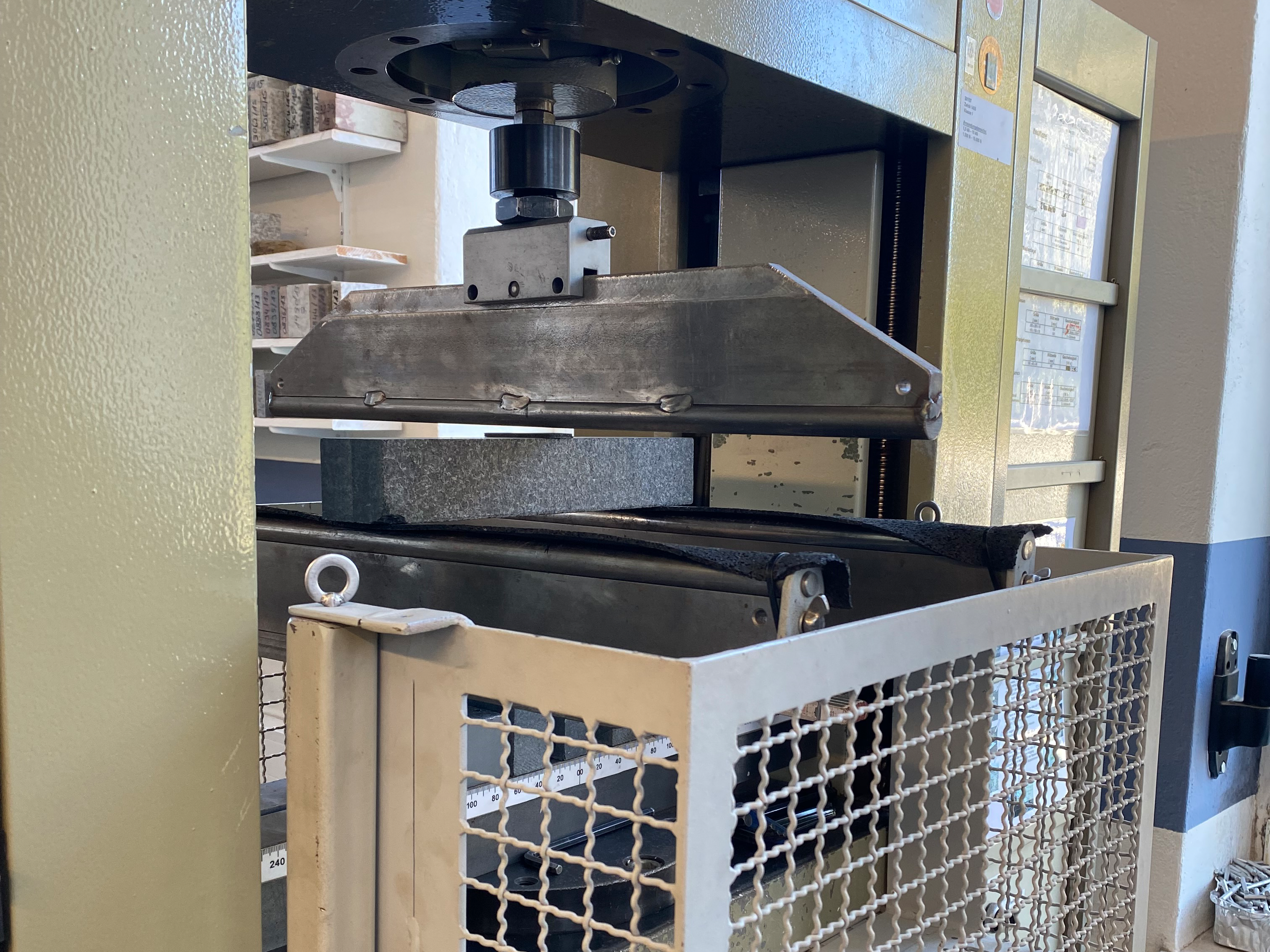
reading time – 4 min
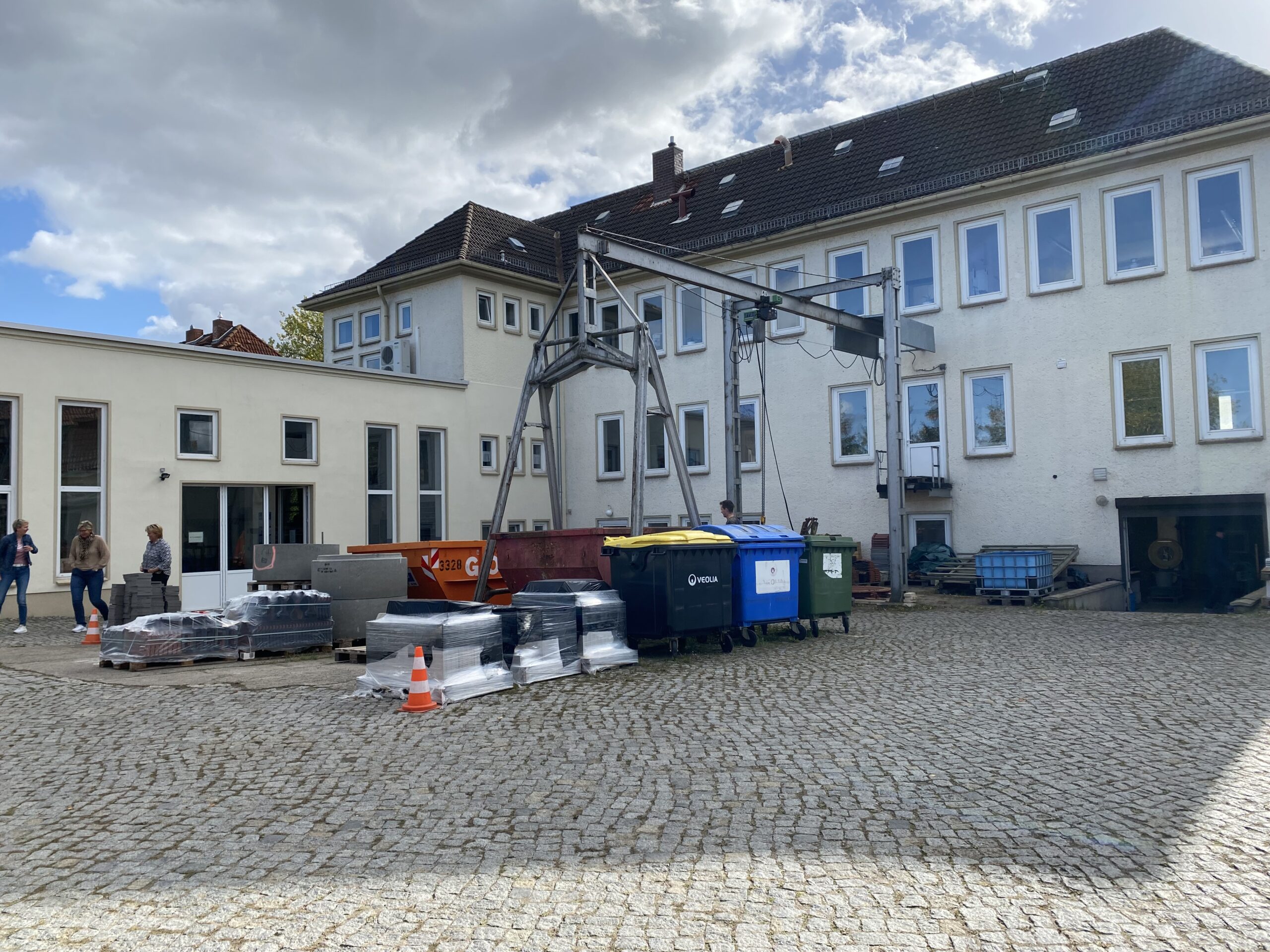
reading time – 2 min
